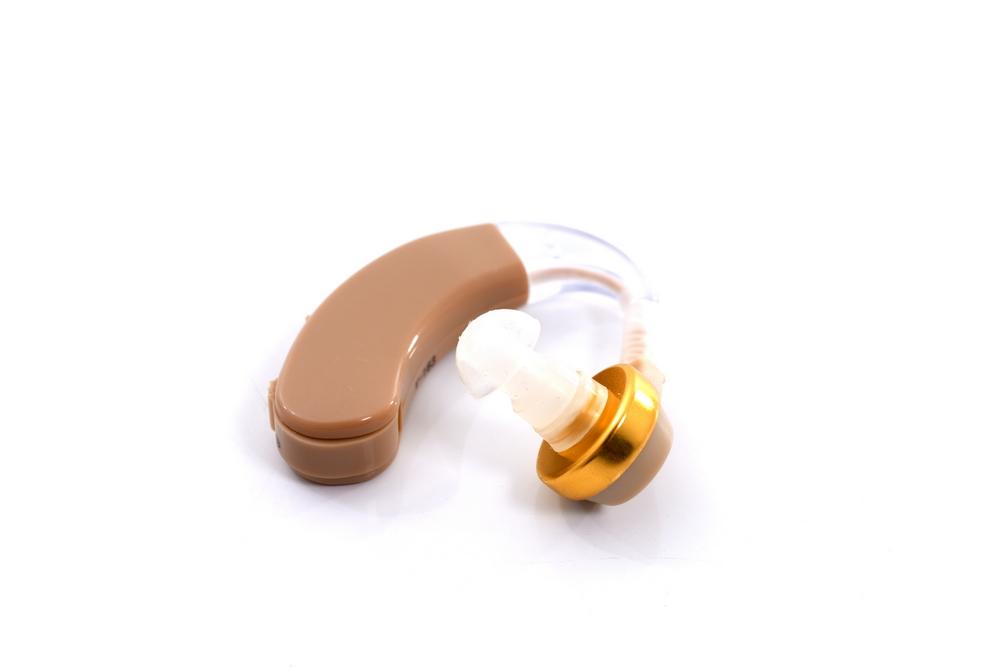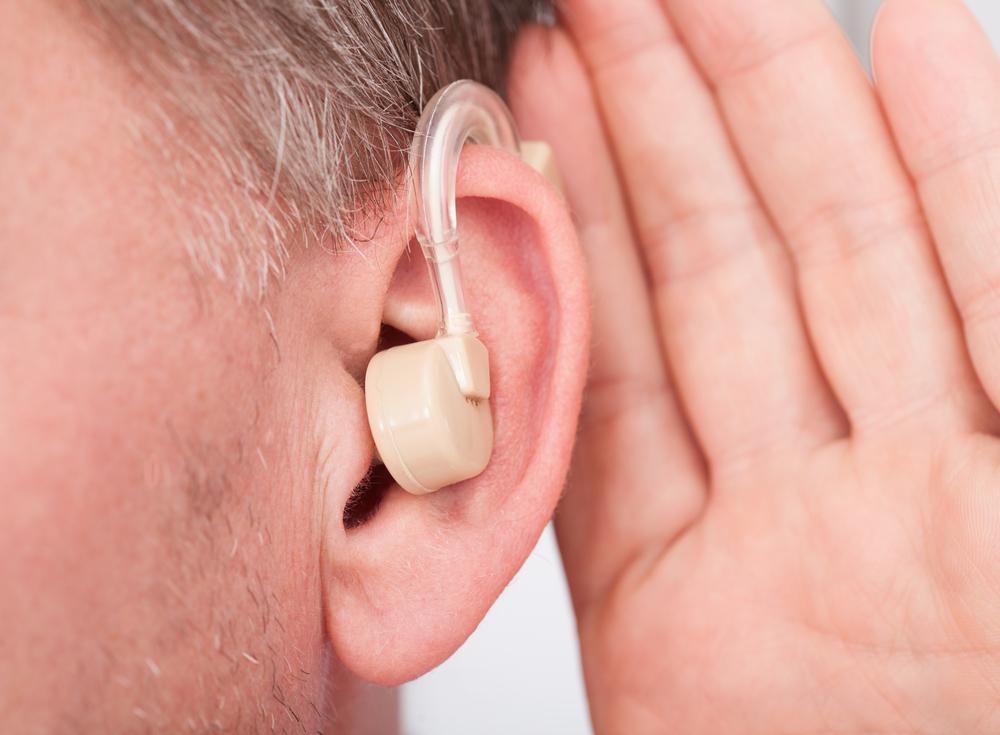Affordable Strategies for Purchasing Hearing Aids
Discover cost-effective methods to purchase hearing aids, including comparison shopping, insurance options, negotiating prices, and exploring assistance programs. Learn how to save money while ensuring you get a suitable device to improve your hearing health efficiently.

Affordable Strategies for Purchasing Hearing Aids
Many Americans experience gradual hearing loss, yet a survey reveals that 71% delay buying hearing aids due to their high costs. On average, individuals spend around $5,000 for the device and related services, including audiologist fees, testing, fitting, programming, and aftercare. The price for a single hearing aid typically reaches $2,300. Hearing aids are crucial for those with hearing impairments, providing vital assistance to improve their quality of life.
If your healthcare provider recommends a hearing aid but cost is a concern, the following tips can help you find affordable options.
1. Compare Prices from Different Retailers:
Consult with your doctor and audiologist first to understand your needs. Then explore various suppliers to compare costs, considering brand, features, and retailer differences to find the best deal.
2. Choose the Right Level of Features:
Discuss your hearing challenges with a specialist to select an appropriate hearing aid without unnecessary extras. Opt for a model that fits your needs and asks for a warranty, avoiding costly features like Bluetooth if not needed.
3. Check Insurance and Assistance Programs:
Use Medicare or other insurance benefits for coverage. Veterans, children, federal employees, and residents in certain states may qualify for full coverage through their plans.
4. Negotiate the Price:
Many buyers have successfully negotiated lower prices or discounts by engaging directly with sellers or choosing online pre-programmed devices, reducing overall expenses.
5. Explore Additional Resources:
Organizations like Lions Clubs and other nonprofits often provide discounted or donated hearing aids. Coupons and pre-owned devices may also lower costs, but should be last resorts.
Before purchasing, review hearing aid guides and retailer ratings. Consider packages that include replacement parts, which may cost more upfront but offer long-term savings. Try different models to ensure comfort and suitability. Knowing how to shop smart makes acquiring a hearing aid more affordable, ensuring better access for those in need.










